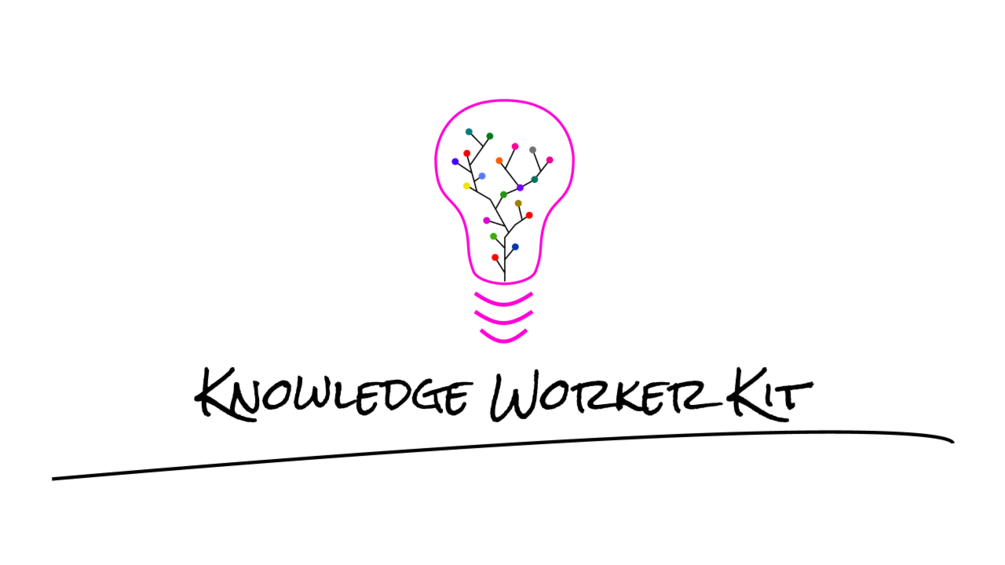Deep Thinking in a Fast World - The Case for Asynchronous Communication
Discover how embracing asynchronous communication can transform slow thinking from a perceived weakness into a professional strength, leading to deeper insights and better workplace contributions.

Discover how embracing asynchronous communication can transform slow thinking from a perceived weakness into a professional strength, leading to deeper insights and better workplace contributions.
Imagine being in a meeting where ideas are flying fast, decisions are being made on the spot, and you feel your best insights are stuck somewhere in your mind, refusing to emerge at the right moment. That's my reality as a slow thinker in a fast-paced world. In this article, I want to share how embracing asynchronous communication transformed my effectiveness at work.
Introduction
For years, I struggled with the expectation to produce brilliant ideas on demand during meetings. While others seemed to effortlessly contribute in real-time, my best thoughts always arrived too late – usually on my drive home. This isn't just my story; it's a common challenge for many knowledge workers who process information differently.
What I discovered is that the problem wasn't my thinking – it was the synchronous nature of traditional workplace communication that didn't align with my thinking style. Here's how I turned this apparent weakness into a strength through asynchronous communication.
The Realization
The turning point came when I recognized a clear pattern: my contributions in impromptu discussions were mediocre at best, but when given time to prepare and think deeply about a topic, I could bring exponentially more value to the table.
I'm not just a slow thinker – I'm a deep thinker. My brain isn't wired for rapid-fire responses; it's optimized for thorough analysis and consideration. Once I accepted this about myself, I could start adapting my work style accordingly.
The Transformation
Instead of fighting against my natural thinking style, I began deliberately creating space for deep thought before important discussions. Here's what this looked like in practice:
When meeting invites arrived, I wouldn't just accept them – I'd block time before each meeting to prepare thoroughly. I developed a specific process:
- Review the agenda (or request one if missing)
- Create mind maps to explore different angles of the topic
- Write down my thoughts, concerns, and ideas
- Consider potential challenges and solutions
This preparation process made a dramatic difference. Instead of struggling to keep up in meetings, I started arriving with well-thought-out perspectives and valuable insights. My contributions became more substantial, more strategic, and more impactful.
I also started sharing those insights beforehand, so that others could integrate those ideas even before the discussion started. This made it easier to get and remain on the same level, starting discussions with a shared mental context.
The Tools and Techniques That Made It Possible
My transformation heavily relied on tools that supported this asynchronous approach:
- Mind mapping software for visual thinking
- Note-taking tools such as Obsidian for capturing and organizing thoughts
- Personal Knowledge Management (PKM) for deep thinking
- Written communication platforms for sharing ideas asynchronously
These tools and techniques became my thinking partners, allowing me to externalize my thoughts and explore ideas systematically instead of trying to hold everything in my head.
Why Obsidian? Because reasons.

The Broader Impact
This shift towards asynchronous communication didn't just help me – it created positive ripple effects throughout my work:
- Better-prepared meetings with more thoughtful contributions
- More inclusive discussions where everyone could contribute meaningfully
- Higher quality decisions based on deeper analysis
- Reduced pressure in synchronous settings
- A documented trail of thinking and decision-making
The Challenges
Of course, this approach wasn't without its challenges. Many colleagues still preferred immediate, face-to-face discussions. Some viewed preparation time as unnecessary overhead. But the results spoke for themselves – the quality of my contributions improved so significantly that it became hard to argue with the approach.
Let me listen to this
I have used NotebookLM to generate a podcast version of this article. You can find it here:
Going Further
If you want to master these concepts and develop a complete system for effective knowledge work, consider exploring the Knowledge Worker Kit. It's a comprehensive resource that includes lifetime access to a private community, an extensive guide covering Knowledge Work, Personal Organization, Time Management, and much more. The Knowledge Worker Kit will help you design better systems and processes for your work, letting you leverage your unique thinking style while boosting your productivity and reducing stress.

Conclusion
Being a slow thinker isn't a weakness. It's just a different way of processing information that can lead to deeper insights and better decisions. The key is creating the right conditions for your thinking style to have more positive impact.
For me, that meant embracing asynchronous communication and making peace with my need for preparation time. This shift has not only improved my work quality but also reduced stress and increased my confidence at work.
If you're a fellow "slow" thinker, know that you're not alone. Your thoughtful approach has immense value in a world that often prioritizes speed over depth. The key is finding the right tools and processes that allow your unique thinking style to shine.
That's it for today! ✨
About Sébastien
I'm Sébastien Dubois, and I'm on a mission to help knowledge workers escape information overload. After 20+ years in IT and seeing too many brilliant minds drowning in digital chaos, I've decided to help people build systems that actually work. Through the Knowii Community, my courses, products & services and my Website, I share practical and battle-tested systems. You can follow me on X 🐦 and on BlueSky 🦋.
I am an author, founder, and coach. I write books and articles about Knowledge Work, Personal Knowledge Management, Note-taking, Lifelong Learning, Personal Organization, and Zen Productivity. I also craft lovely digital products.
If you want to follow my work, then become a member and join our community.
Ready to get to the next level?
If you're tired of information overwhelm and ready to build a reliable knowledge system:
- 🎯 Join Knowii and get access to my complete knowledge transformation system
- 📚 Take the Course and Master Knowledge Management
- 🚀 Start with a Rock-solid System: the Obsidian Starter Kit
- 🦉 Get Personal Coaching: Work with me 1-on-1
- 🛒 Check out my other products and services. These will give you a rock-solid starting point for your note-taking and Knowledge Management efforts







